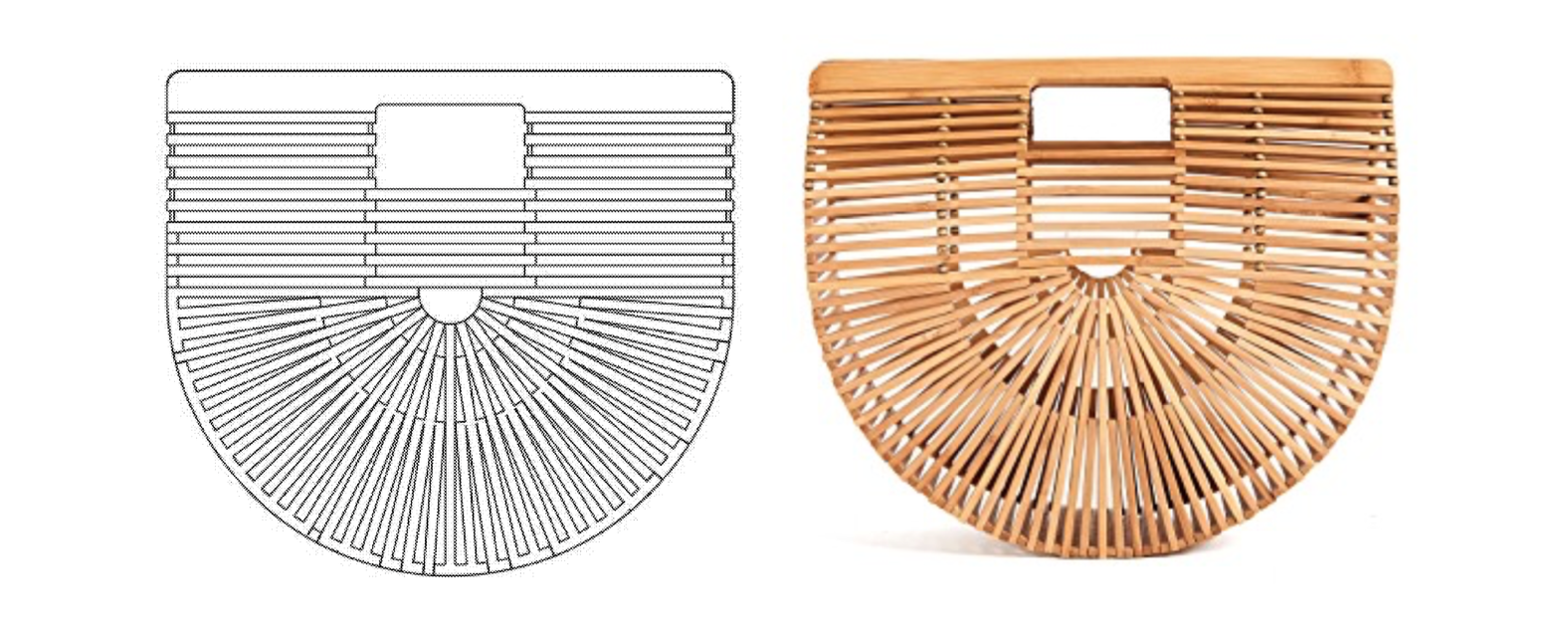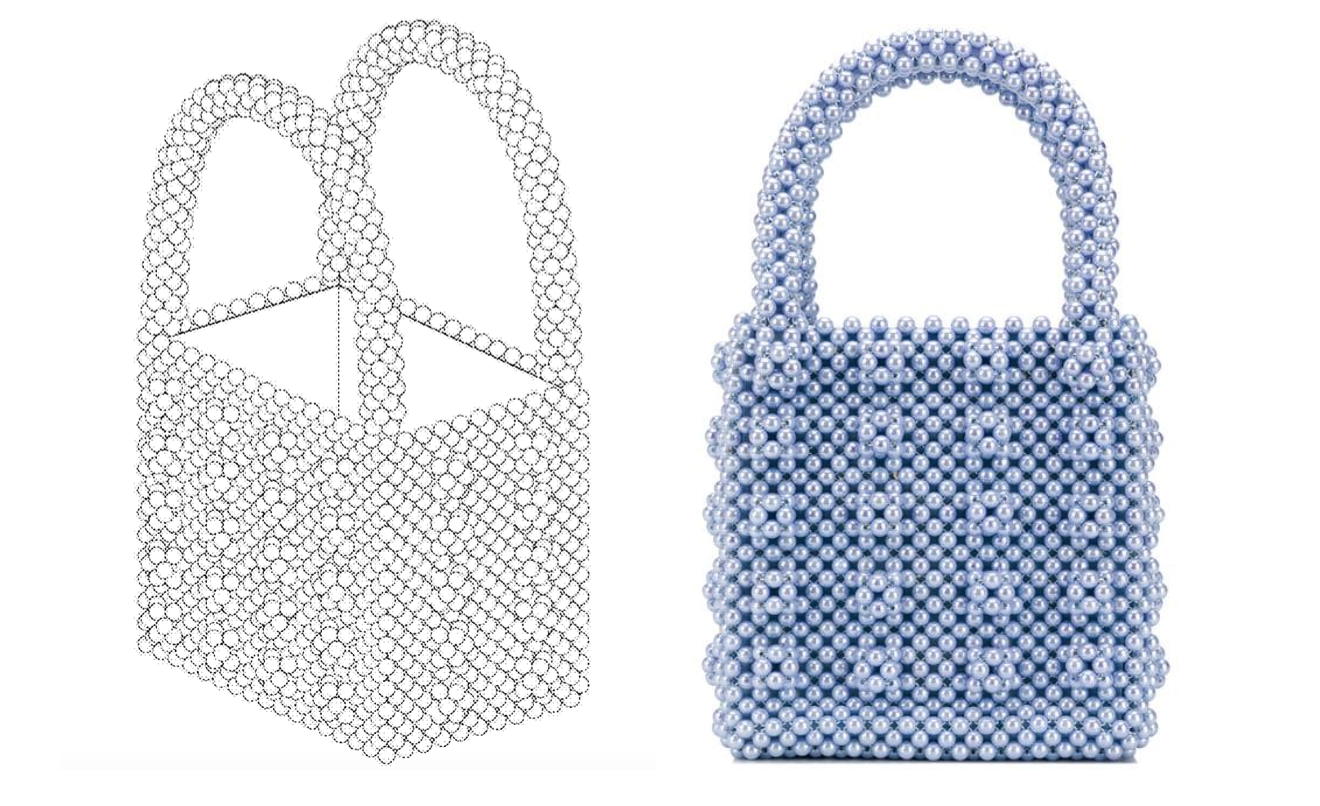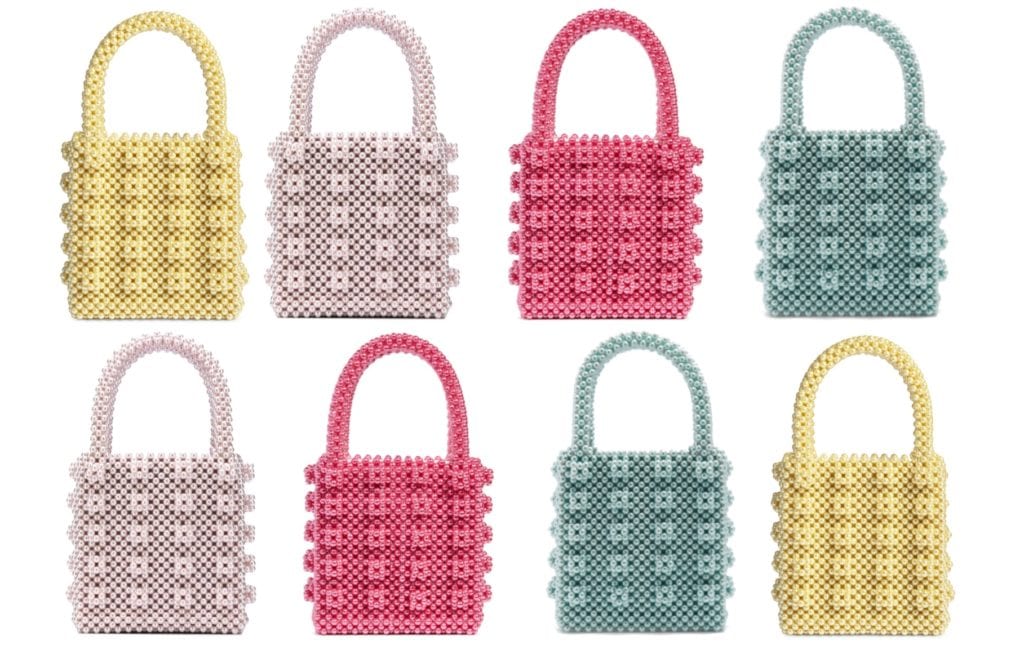On one of the last few lingering days of 2017, in the lazy stretch between the end of the holidays and the swiftly approaching onset of the new year, an application was quietly submitted to the U.S. Patent and Trademark Office (“USPTO”). A woman filed a patent application for the design of a bamboo handbag, the one that had found its way onto the arms and the Instagram accounts of celebrities, influencers, and other in-the-know women across the globe that summer and the one before it.
That single bag – the Ark bag – is what put Los Angeles-based brand Cult Gaia and its founder Jasmin Larian on the map, as well as on the pages of countless publications and e-commerce websites – ranging from the New York Times, which coined it a bona fide “it” bag, to Travel and Leisure, which referred to it as “Every Travel Blogger’s Favorite Vacation Bag.” Retailers, such as Net-a-Porter, Nordstrom, and Neiman Marcus rushed to consistently restock to ensure that jetsetters would not be left empty-handed, while Cult Gaia was busy rolling out variations including rainbow colored wood and translucent acrylic takes on the traditional design.
Ms. Larian is no stranger to seeking – and actively enforcing – legal protections for Cult Gaia’s popular products, and yet, she was not the one who filed the application; nor was it one of the Japanese artisans more originally tied to the creation of the bag. Instead, the application lists a Guangdong, China-based woman named Minling Lin as both the patent applicant and the inventor of the handbag.
It would take over a year for the application to make its way through the USPTO, but in March 2019, Ms. Minling was awarded a design patent for the ornamental features of the bag, and with it, the ability to legally pursue on patent infringement grounds those who make use of such features without licensing them from her.
 image: Minling’s patent drawing (left) & Cult Gaia’s Ark bag (right)
image: Minling’s patent drawing (left) & Cult Gaia’s Ark bag (right)
In the meantime, Minling had looked to the USPTO again. In September 2018 – eight months after she filed her application for the bamboo bag – the little-known “inventor” filed another application. This time she was seeking rights in the design of a “pearl bag.” With its boxy silhouette, grid-set clusters of beads, flat base and two top handles, the bag depicted in the array of drawings attached to the patent application looked familiar: that is because it is a dead-ringer for the “cult-favored” Antonia bag that London-based brand Shrimps first debuted to clamoring demand five years prior.
Fast forward to June 2019, and the USPTO issued Minling a design patent for the pearl bag that Shrimps founder Hannah Weiland created.
With not one but two design patents for handbags that she did not invent, Minling is not only a repeat offender but a lucky one. After all, in line with patent law’s stringent novelty requirement, the USPTO is not supposed to issue a patent when the claimed invention is markedly similar to other already-existing inventions(i.e., prior art) as is the case for both bags here.
 image: Minling’s patent drawing (left) & Shrimps’ Antonia bag (right)
image: Minling’s patent drawing (left) & Shrimps’ Antonia bag (right)
But how successful can Minling really be with these patents in hand? Given the sheer indistinguishability of the bags covered by her patents and those that were in the market before her applications found their way to the USPTO, the patents at issue would likely be deemed invalid if they were challenged before a court or the USPTO’s Patent Trial and Appeal Board, meaning that Minling’s success in securing patents would not carry over to see her prevail in any patent infringement-centric lawsuits that she might initiate. (To date, she has not filed infringement lawsuits based on the two patents).
That does not mean that she will not be able to recoup some of the money she spent to secure those design patents, though. As Sarah Burstein, a professor at the University of Oklahoma College of Law, who specializes in intellectual property, told TFL, Minling “may be banking on the fact that both litigation and Patent Trial and Appeal Board challenges are expensive [for plaintiffs and defendants].” With that in mind, she may “simply be hoping to make money in quick strike settlements” in which the recipients of cease and desist letters or a formal summons and complaint say a sum of money to avoid a full-blown legal fight.
This tactic has proven an attractive one for patent trolls – or “non-practicing entities,” particularly in connection with utility patents (as opposed to design patents). Due to the high cost of legal fees, and the unpredictable and time-consuming nature of litigation, companies on the receiving end of litigation or threats of litigation routinely deem it more cost effective to settle. The same could certainly apply in any hypothetical cases at hand.
The trademark version has proven popular, as well, growing into an industry all of its own in certain countries, namely, China, where native entities, taking advantage of the first-to-file trademark system, snap up registrations for others’ brand names and logos with the aim of holding them for “ransom” and then selling them off to the highest bidder. More often than not, that bidder is the non-native bonafide trademark holder, who is well aware of the nature of the Chinese court system and the uphill battle that is claiming intellectual property rights from a native entity.
However, given the relatively expensive and time-consuming nature of the patent process, it is rare to see individuals filing patents applications in the same way that Chinese trademark-squatters seize famous Western marks. As such, the mysterious Minling appears to be an outlier – a rare design patent-squatter of sorts.
While it is impossible to discern what Minling’s precise strategy is here, at least in part because it is unclear, who – exactly – she is, there is a good chance that she will lay claim to another “it” bag in the not too distant future. Place your bets on which one it will be.











